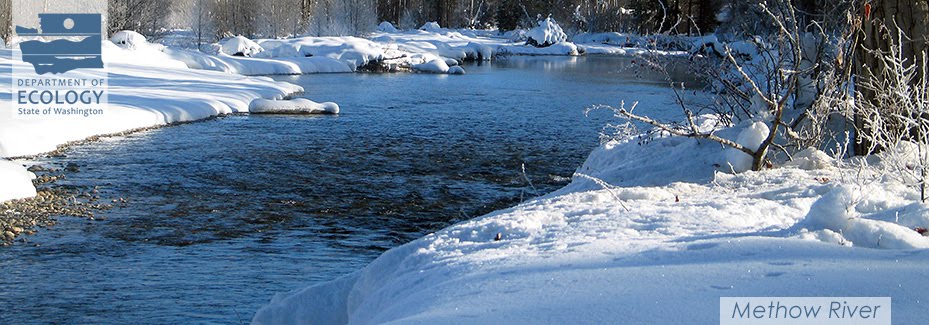Court date set to confirm all surface water rights in Yakima River Basin
 |
| Canyon view of Yakima River - Photo by Tom Tebb |
In the world of water in Washington state this is a significant day.
Since 1977 when Ecology v. James Acquavella, et al was filed, water day has been a fixture for thousands of surface water right claimants, lawyers and stakeholders. So has the “monthly notice” of court proceedings. The April 1, 2019, monthly notice mailed to 2,500 claimants and interested parties includes the Court Order announcing the Final Decree: A notice they’ve long been waiting for.
Setting rights for a vast watershed
 |
| Cherries are a high-value crop |
To establish the priority of surface water rights, the court examined thousands of individual water claims along the 31 tributary watersheds in Kittitas, Yakima, and Benton counties and a segment of Klickitat County. Records and documents spanned more than 150 years of history, and considered the treaty rights of the Yakama Nation.
A bit of history, a bit of context for Yakima water management
When the state embarked on judicially settling water rights in 1977, the basin was plagued by water conflicts and the specter of drought. We knew a finite water resource was largely spoken for, and that we needed to clarify the “who, where, when and how much” each water user was legally entitled to, primarily for irrigation, based on the state’s 1917 surface water code — “first in time, first in right.” (See our August 2017 blog about the case winding down).In the intervening years, the Yakima Basin has experienced seven declared droughts and numerous other low-water years. Surface water deliveries to irrigated farmland can be interrupted or curtailed during shortages, based on the priority date assigned to each water right.
When junior irrigation districts, such as Roza and Kittitas Reclamation, receive only a portion of their water, others on the mainstem can be shut off. Even those with very old, senior water rights along tributaries, such as the Teanaway and Cowiche, may be regulated as they were during the severe drought of 2015.
The Yakama Nation has ancestral water rights, which protect instream flows for fish, and irrigation rights on the Wapato Irrigation Project. The federal government also has obligations to meet streamflows for fish in the watershed. These water needs are taken into account within the basin’s total water supply.
Over the past 42 years, specific legal issues raised by the case have been settled at the state Supreme Court in four separate appeals, establishing important case law precedent.
Looking forward
“The Yakima Adjudication has taught us invaluable lessons,” explained Ecology Director Maia Bellon. “Water is absolutely vital to the Yakima Valley and our entire state. This case provides water users clarity about their rights. And, importantly, it has led to a phenomenal change in how we approach water management.”While the Superior Court’s issuance of the final decree is monumental, the activities and relationships built in the courtroom across the years have led to a new way to manage water through the Yakima Basin Integrated Plan.
“We’ve found that we’re more effective working as partners at the same table than as adversaries in the courtroom,” said Director Bellon. “Together we’re tackling the challenges of drought and climate change and finding water solutions for our communities, fisheries, agricultural producers – today and for generations to come.”
What’s next after the May 9, 2019 Water Day?
The final schedule of rights will be available for review on Ecology’s website, after the Final Decree is entered in court. Information will be mailed to water right holders on next steps to complete the process for obtaining an adjudicated water right certificate.Yes, May 9, 2019, will mark a major milestone for Washington and the Yakima River Basin. And yes there’s more to be done to achieve water resiliency and secure water for tomorrow. Let’s build off this event with a commitment to collaborative work and coordinated investments to continue the Yakima Basin’s water resource management success.
By Joye Redfield-Wilder, Ecology Central Regional Communications Manager
 |
| Yakima River Basin encompasses 31 tributary watersheds where water rights are now prioritized |

No comments:
Post a Comment